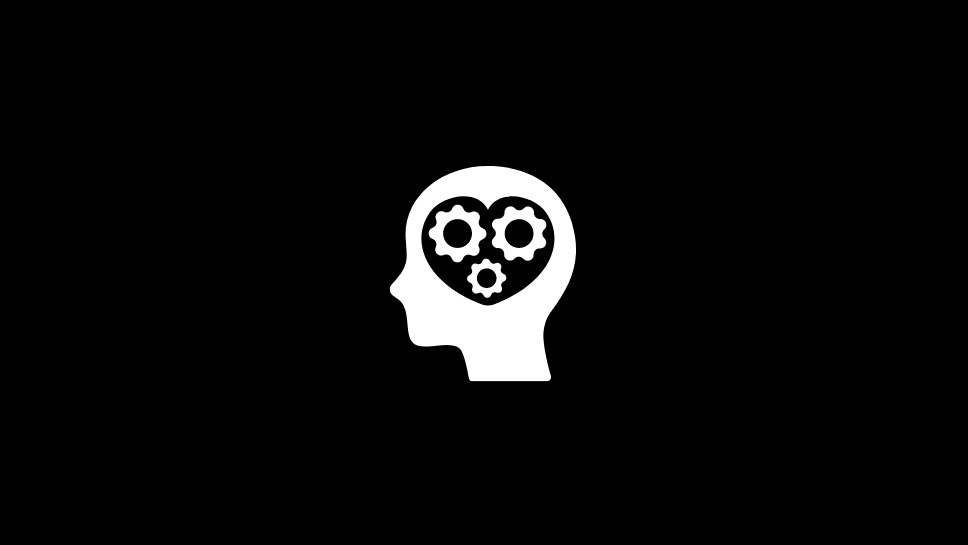The quality of our thinking and decision making depends on the variety of mental models we’ve got at our disposal. They act as the tools to understand what’s happening and help us to take the best action depending on the situation we’re faced with.
Most of us tend to apply the mental models within one particular field. For example, if you’re an engineer you’re likely to apply the mental models of systems thinking, but less likely to apply the mental models of an economist. As such, our creativity suffers and there are blind spots in our thinking.
The solution is to understand the way different people think from a range of disciplines, and use those mental models/tools to improve the way we think and effortlessly navigate the challenges we face on a daily basis.
General Mental Models 📚
1. The map is not the territory
This model tells us that our representation of the world isn’t actually the world itself. When we use a map, we’re only looking at a representation of that land, which we can use to find the direction we need to head in. So our perception of the world is only ever an imperfect image. The different models below can all be considered maps that we have to choose depending on the territory (the situation) in front of us.
2. Pareto’s law (or the 80/20 principle)
The Pareto rule is a mathematical law that explains that in many situations 80% of the effects are the result of 20% of the causes. According to this model, 80% of your results are achieved by 20% of your actions. So, it’s always a good strategy to concentrate our actions on the decisive 20% of things that will make the biggest impact on what we’re trying to achieve.
3. The circle of competence
Throughout our life we’ve built skill and understanding in specific areas. The ideas is that we don’t have to be an expert in everything, or even many things. We only have to be skilful within our own circle of competence.
4. Hanlon’s razor
Never attribute to malice what stupidity can explain. In other words, it’s always more likely that something simple (like a stupid error) is responsible for a certain action, rather than something complicated (like wilful malice).
5. The fundamental attribution error
This is the tendency for people to emphasise a person’s character/knowledge/opinions when explaining a certain action, rather than the situation itself. In other words, we believe someone took an action because of the kind of person they are rather than the social/environmental factors that influenced them.
6. Occam’s razor
This principle tells us that when faced with two explanations, the most likely one is the simplest.
7. Second order thinking
Instead of just thinking about the initial consequence of a decision (i.e. the first-order consequence), think about the subsequent consequences too. For example, eating a chocolate bar may give us pleasure in the short-term, but eating too many chocolate bars in the long-term may make us fat. As a result, second-order thinking may persuade us to eat something healthier.
8. The IKEA effect
The more time and effort a user invests in a product or service, the more they will value it.
9. The Streisand effect
This is where someone unintentionally draws attention to something because of their efforts to hide it.
10. The double penalty
The double penalty means suffering twice for the same thing. For example, a person who is bored at work may smoke to take a break and get away from it all. As a result, not only do they have some boring work to complete, but their health has suffered too.
11. Identity through action
Our actions define our identity. Our actions show the world, as well as ourselves, who we are. So if we decide we want to be linked to some new identity (a target identity), we can just take action that confirms that new identity. Ultimately, we become what we do.
12. Self-fulfilling prophecy
A self-fulfilling prophecy is something we tell ourselves that begins to change our behaviour so that the statement comes true. When we believe something enough, we tend to adjust our behaviours to align with the expected outcome. As a consequence, that possible outcome often comes true.
Decision Making Mental Models 🤓
13. Cost-benefit analysis
Cost / benefit analysis is an approach for making a decision based on which option has the biggest benefit and the lowest cost.
14. The risk-reward ratio
This ratio measures what is the potential reward for each pound/dollar invested. For example, a risk-reward ratio of 1: 3 means that we risk 1 pound/dollar to potentially win 3.
15. The opportunity cost
Choices have costs. If we choose one thing that usually means we’re deciding not to choose something else.
16. Sunk costs
In economics, a sunk cost is money that has already been spent and cannot be recovered. Similarly, our decisions shouldn’t be influenced by the costs we’ve already incurred. For example, if you’ve already spent lots of time/money on a failing business (a sunk cost) that doesn’t mean you should continue to spend lots of time/money on it.
17. Availability bias
The availability bias is where our decisions are influenced by the information that we’ve most recently heard or is most readily available.
18. Loss Aversion
Refers to the human preference of making decisions to avoid losses rather than seeking gains.
Productivity Mental Models 🚀
19. Murphy’s Law
Murphy’s Law is a saying that goes like this: “Anything that can go wrong, will go wrong”. For example: things take longer than expected; the costs are higher; and the quality is lower.
20. Parkinson’s Law
Our work expands to fully occupy the time we’ve given to that task. In other words, the more time we have to complete a task, the longer that task will take. This model therefore suggests setting deadlines to improve productivity.
21. Illich’s law
Beyond a certain threshold, human efficiency decreases or becomes negative. This model indicates that in order to stay productive we need to take breaks.
22. Carson’s law
Work done continuously takes less time and energy than when it is done several times. This means that too many distractions are bad for productivity.
23. (Bill) Gates’ Law
Most people overestimate what they can accomplish in one year and underestimate what they can do in ten years.
Thinking Mental Models 🤔
24. Formulation
The formulation of a problem is often more essential than its solution. So if we’re every trying to solve something, the most important first step is to try to rephrase the problem in a simple manner. The goal is to make the problem sound so easy/logical that even a child would understand it.
25. Knowing the Name is not Understanding
Words, definitions, and names do not constitute knowledge. Knowing the name of something does not help us understand what it actually means. To truly understand how something works, you have to ask yourself basic questions: what are its characteristics? Why is it like that? How? Etc.
26. Dimension Reduction
This is a simplification model. When a problem is too complicated to solve, because it has too many possibilities (dimensions), we can reduce the number of dimensions to make it easier to solve.
27. Innversion
Find what you don’t want and avoid it. For example, instead of wondering what you can do to be happy, avoid all the things that make you unhappy. This model brings simplicity and clarity in decision making.
Business Mental Models 💼
28. Minimum Viable Product (MVP)
The minimum viable product is a product development strategy of quickly bringing a test version of the product to market (with only a few features). This technique makes it possible to build the product while benefiting from user feedback from the very start.
29. Reversible and Non-Reversible Decisions
For Jeff Bezos, there are two types of business decisions: reversible decisions (which can be reversed later) and irreversible decisions. We must distinguish these two types of decision because the risk of an irreversible decision is much higher.
30. The Secret
Each of today’s most famous and familiar ideas was previously unknown and unsuspected. There are still many secrets to be discovered, but they will only be found by those who seek them.
31. The Strength of Weak Ties
An individual will generally benefit more from his relationships resulting from weak ties (distant network) than from those resulting from strong ties (family and close friends). Also called the “social relation paradox”.

